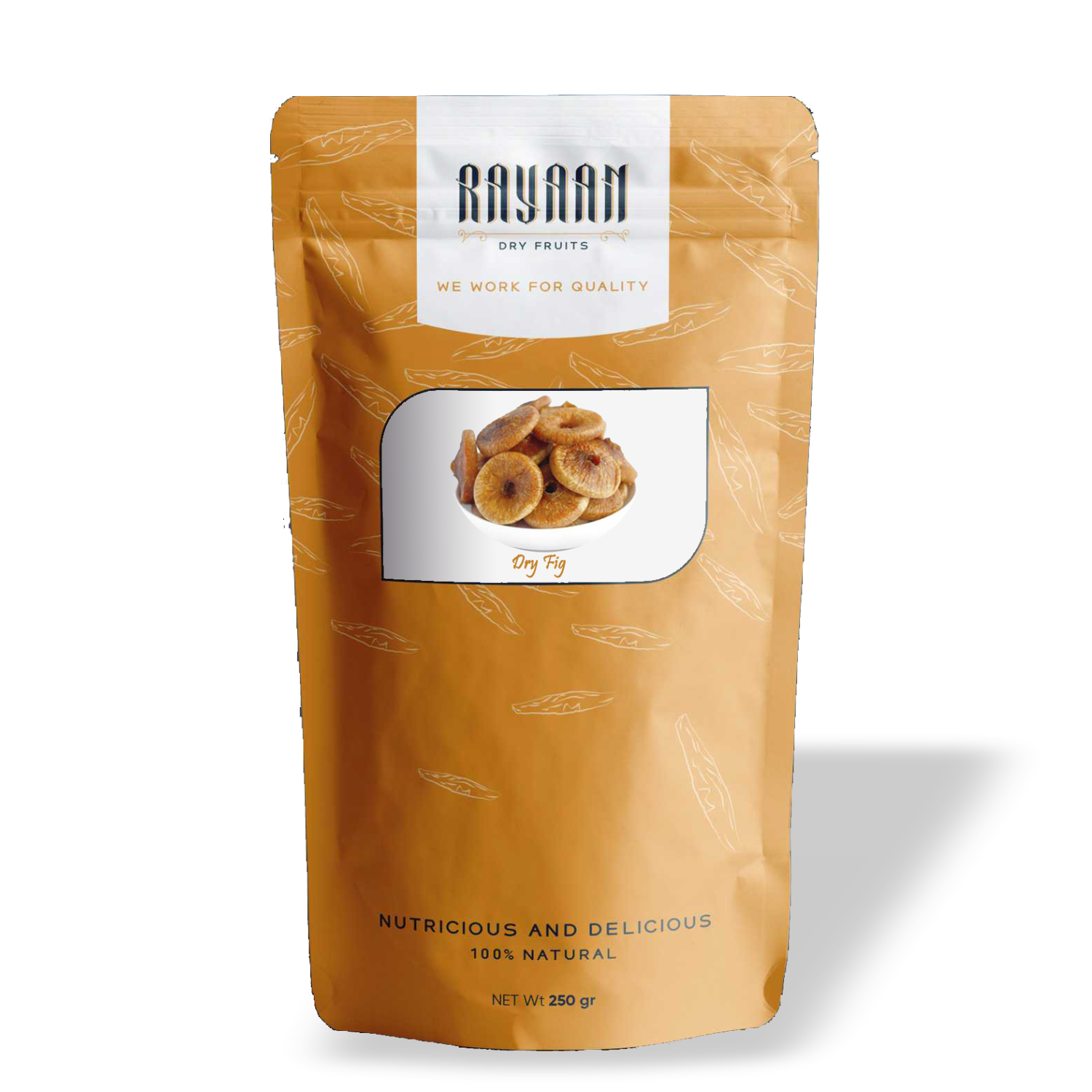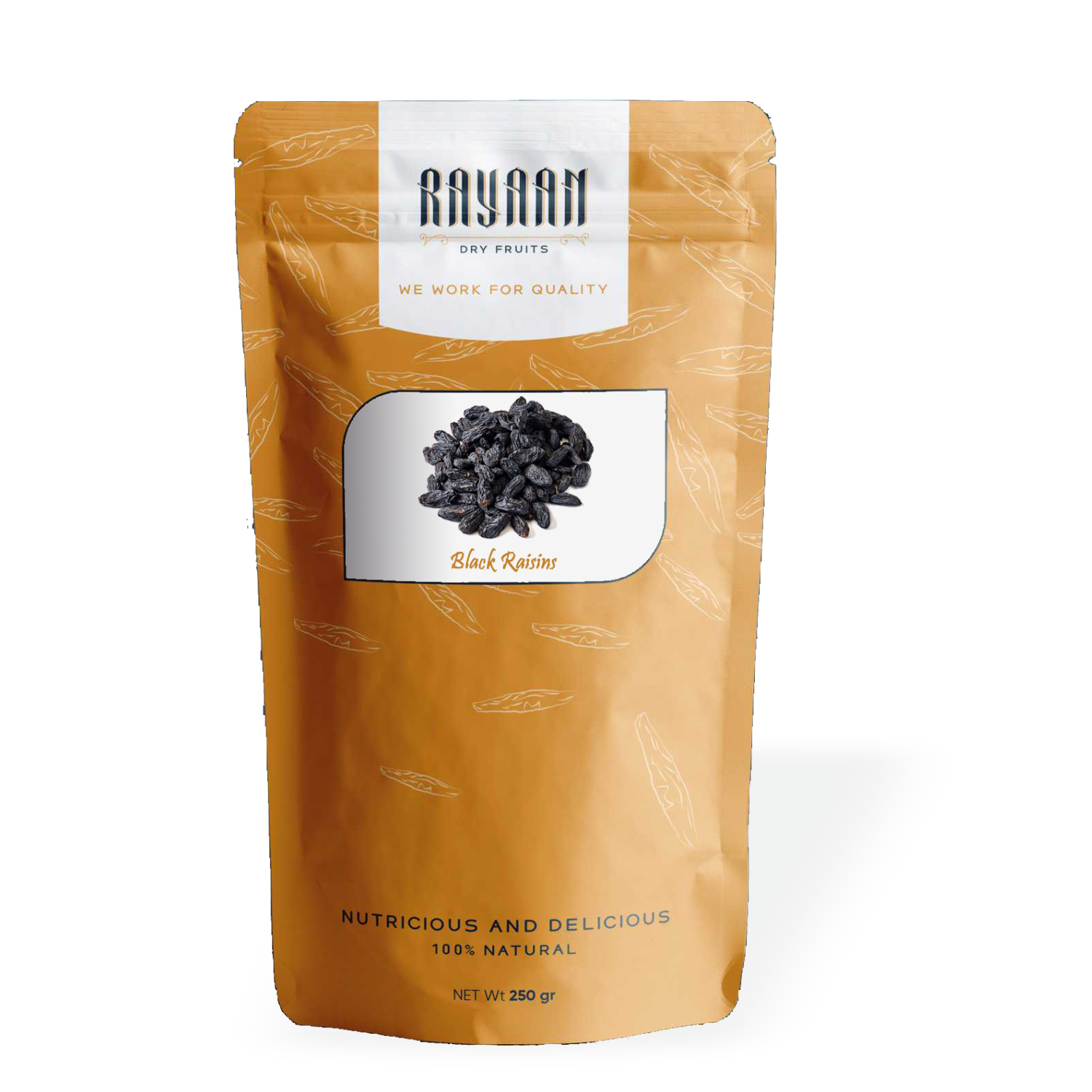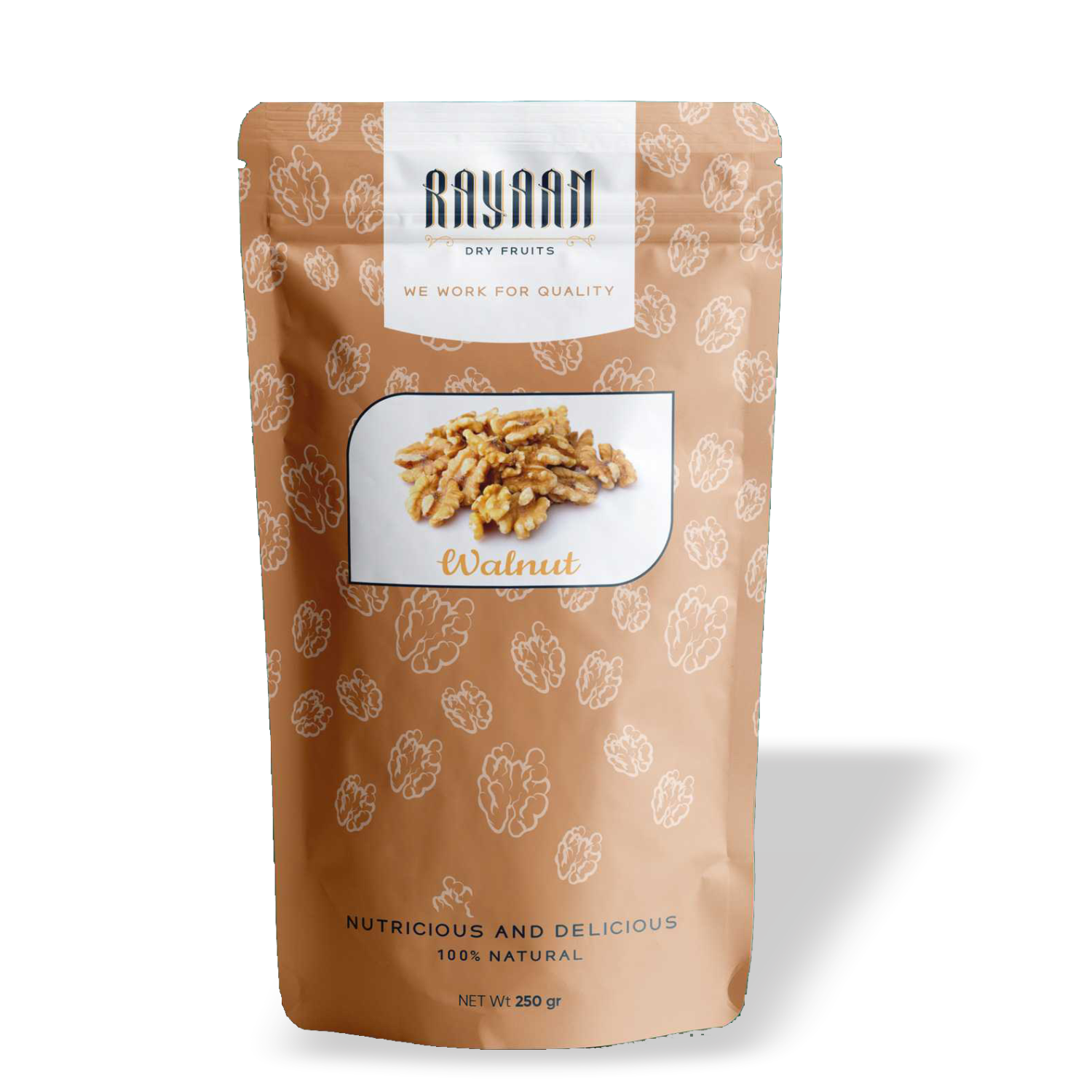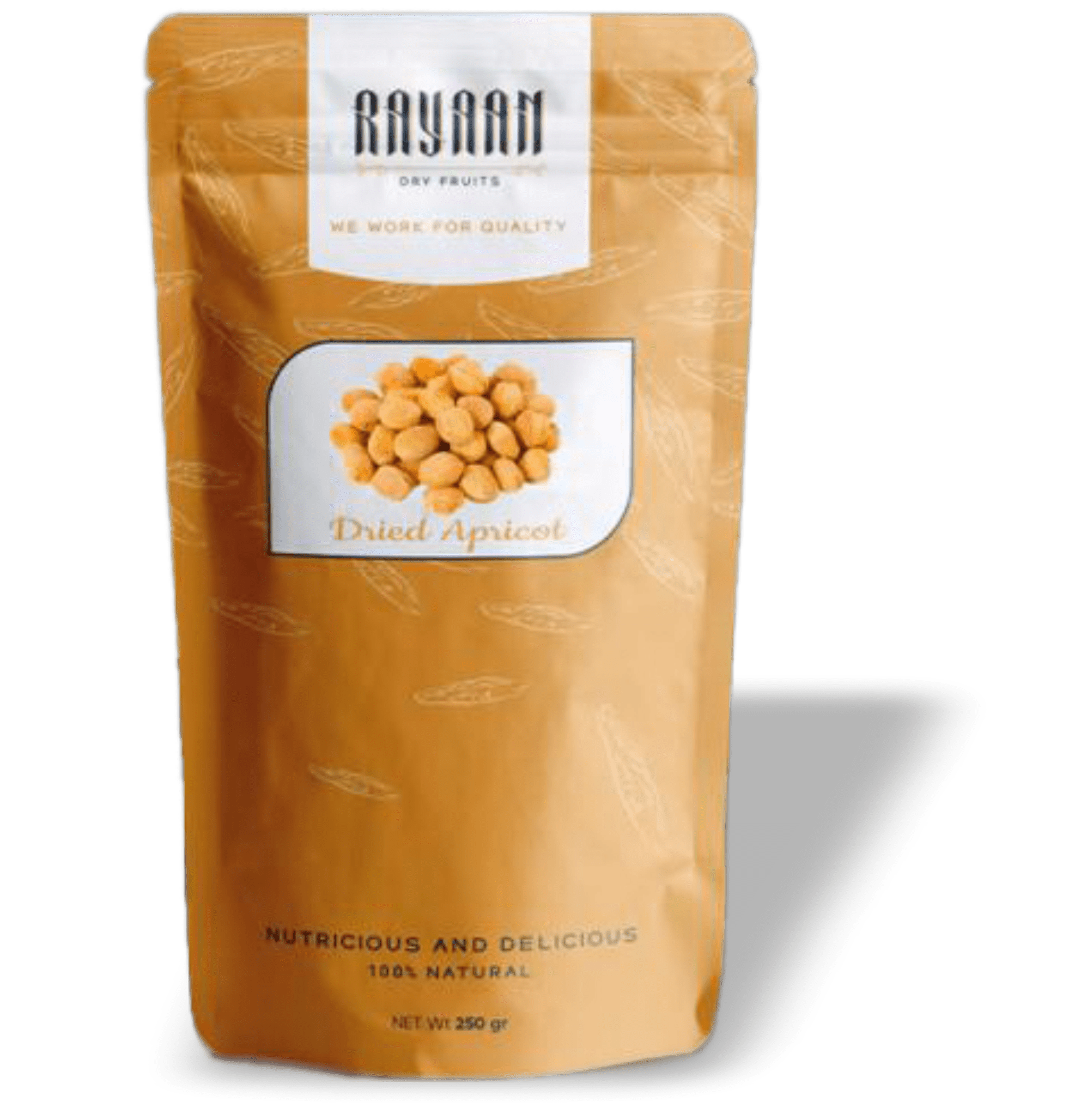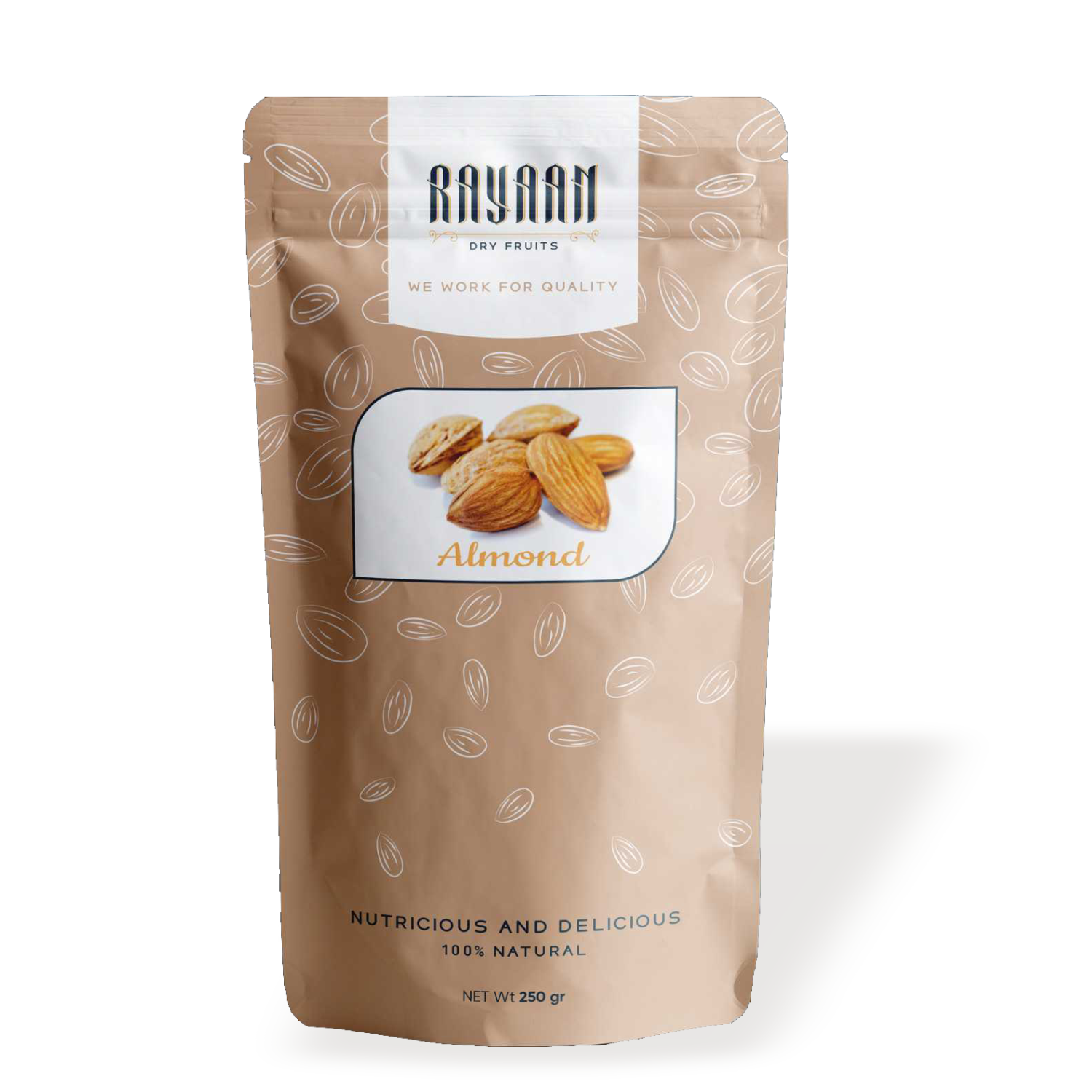Nuts and dry Fruits have maximum of the dietary price of sparkling fruit. As a result, they may be enormously beneficial. Naturally going on nuts are almonds, pistachios, dates, cashew, walnuts, and hazelnuts.
At the equal time, raisins and Anjeer or figs are the dried form of Fruits.

